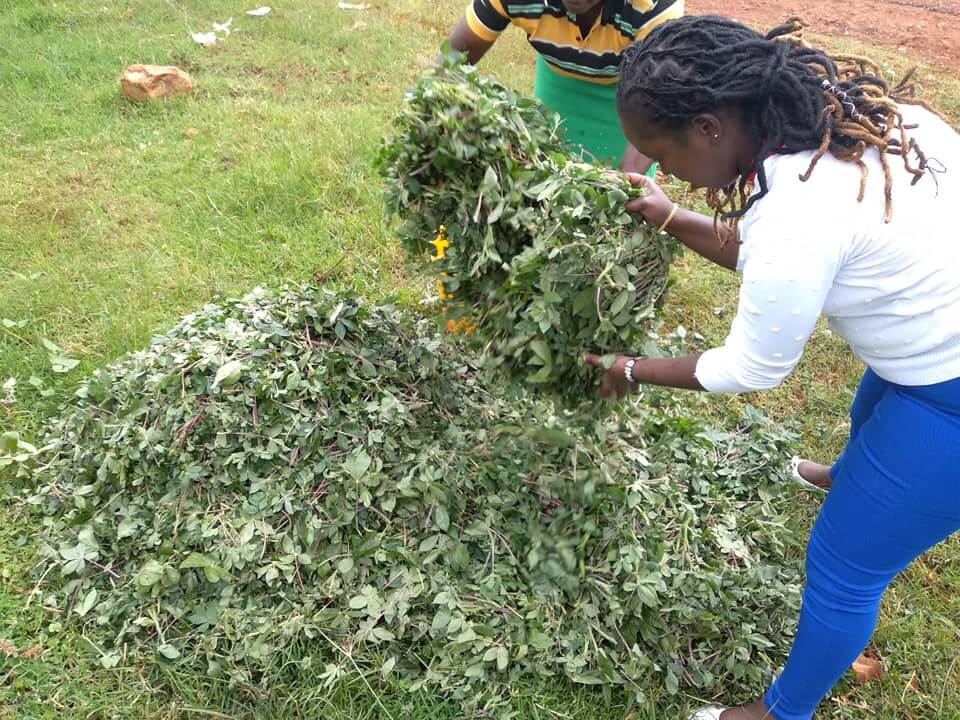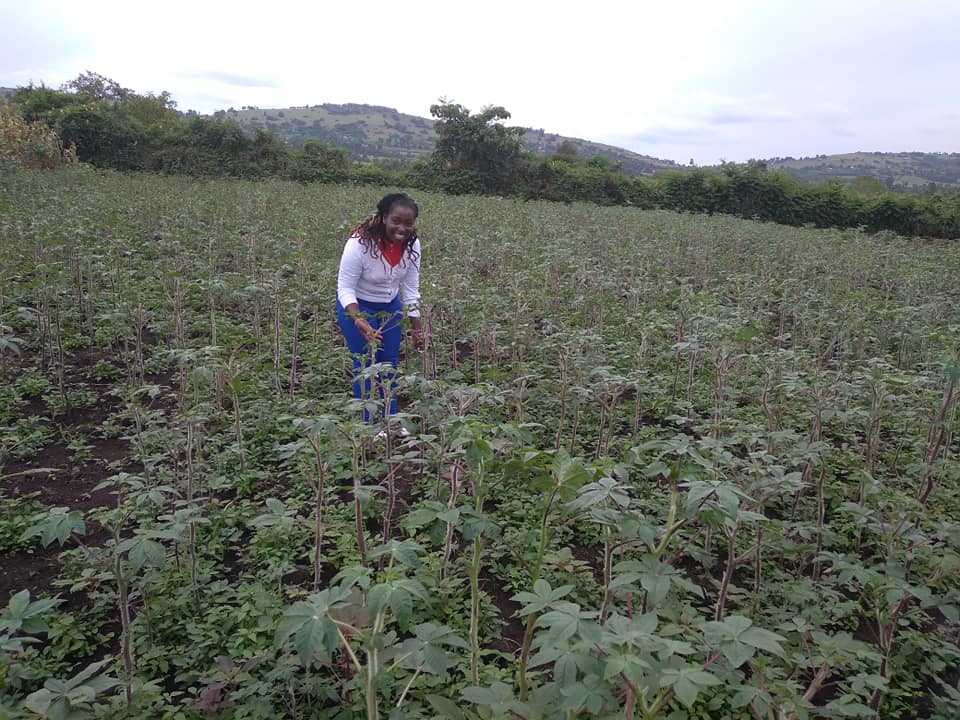Through capitalising on the demand for the indigenous spider plant (saga/saget) in neighbouring Kisumu and Eldoret counties, the Nyamira North Women Sacco has been able to earn its members Sh77,500 weekly.
Saga, as it is often known, is among the many previously abandoned but nutrient-rich traditional African vegetables that have found their way back onto Kenyan plates. It is renowned for being high in beta-carotene, and Vitamins C & A. It also has moderate levels of calcium, magnesium, iron, crude protein, lipids and contains antioxidants that prevent diseases and aging.
The women harvest 500 kilograms of saget leaves weekly for sale in Eldoret. A kilogram of the leaves fetches Sh65. Another 1,000 kilograms of young fresh shoots is ferried to Kisumu and Siaya netting them Sh45/Kg.
Related News: Russian comfrey growing in popularity owing to ‘wonder plant’ status
Related News: Siaya traditional vegetable farmers triple incomes through cooperative society
“We have a standing contract with institution and supermarket suppliers of young saga shoots. This necessitates picking them early in the morning to ensure they get to market fresh. For the leaves, we have a contract with a value-addition company that dries and packages them for sale. We even see some of the leaves we cultivated on supermarket shelves in Nyamira, said Enid Charana, Director at Nyamira North Women Sacco.

Stated sorely as a savings and loan Sacco, the group ventured into indigenous vegetable farming in 2020. “We were on the lookout for an income generating activity we could delve in and that would be particularly suited to women. The indigenous vegetable value chain was perfect as most of our members were already familiar with it. You’d be hard-pressed to find any of us who did not at least have a kitchen garden where they grew their everyday supply of vegetables,” Enid explained.
The 535-member strong group aggregates produce from their members most of whom grow the vegetable on at least an ⅛ acre piece of land.
The sacco also grows managu, kunde, amaranthus, and terere. Spider plant has however proven to be their biggest hit.
“I’m not sure if it is the soils or our expertise in growing the crop, but buyers seem to prefer Kisii grown saga,” she pointed out.
While it is indeed an easy crop to grow, Enid points out that to grow it right requires an experienced hand that understands the crop’s intricacies
The crop can be harvested for three months and thrives in fertile soils rich in composted manure. Chemical fertilisers are discouraged as the crop doesn’t take well to them and consumers prefer it organically grown.
Related News: UK couple capitalise on Kenyan diaspora demand for traditional vegetables

Thinning is also a crucial management practice when the crop starts flowering at four weeks. The flowers are removed and excessive branches are removed to encourage lateral growth. If this isn’t done she cautions, the plant becomes bushy and short with little leaves and a short life span.
Pests and diseases are also organically controlled through tithonia and neem leaf extracts.
Seeds for replanting are prepared by letting old spider plants grow out and are interchanged amongst the different farmers.
Enid Charana, Director at Nyamira North Women Sacco
